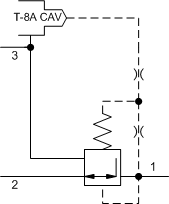
3 ports, reducing/relieving main stage with integral T-8A pilot control improved dynamic response
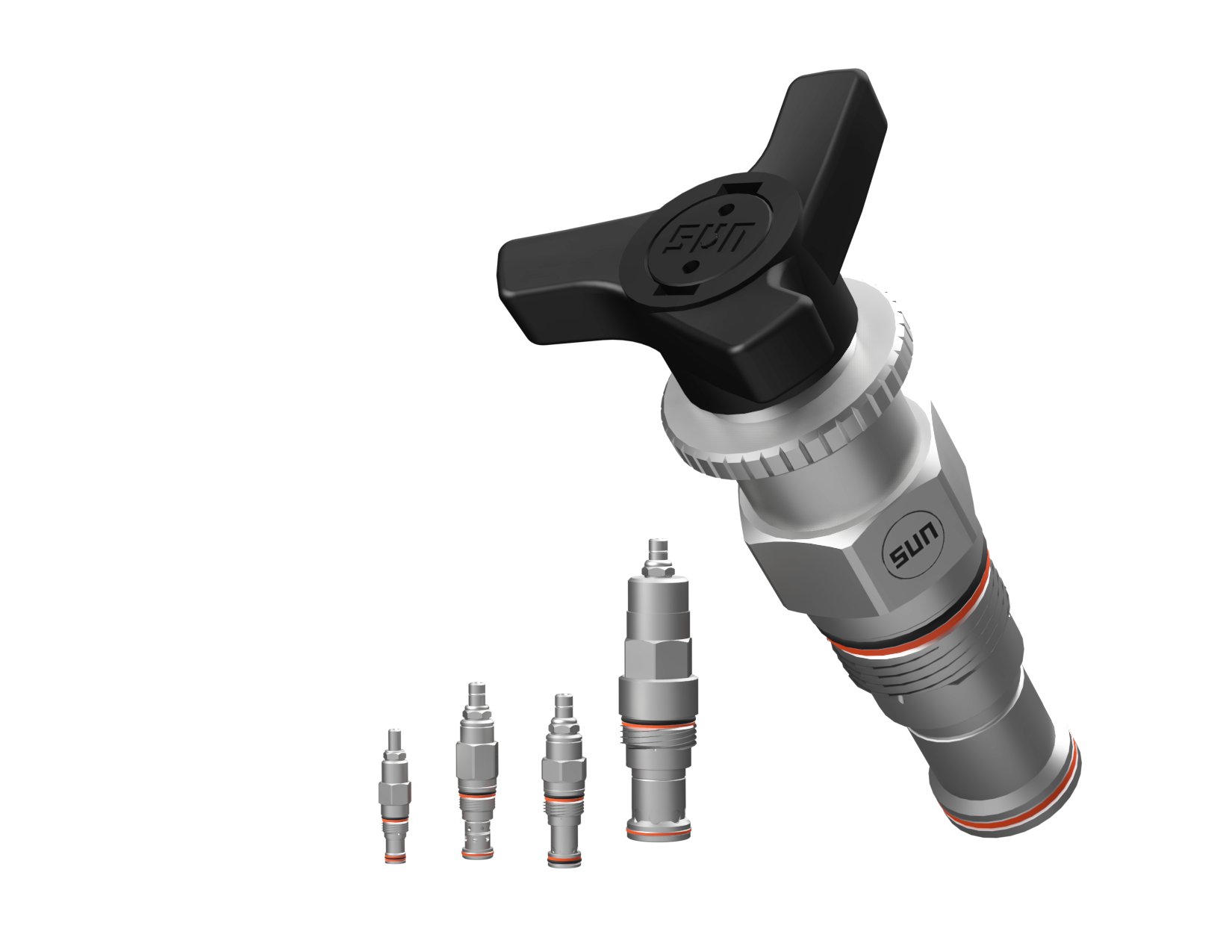
Pressure reducing valves are used when a specific part of a hydraulic system requires a lower pressure than the rest of the system. Direct-acting pressure reducing valves respond quickly to changes in pressure and exhibit significantly lower leakage compared to pilot-operated valves, making them well-suited for accumulator circuits. Pilot-operated pressure reducing valves, on the other hand, offer versatile control options and can be actuated by the pressure at the valve’s outlet or by external pilot pressure. As with relief valves, the external pilot pressure can be electrically controlled using electro-proportional technology.

3 ports, reducing/relieving main stage with integral T-8A pilot control improved dynamic response
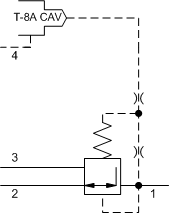
4 ports, reducing/relieving main stage with integral T-8A pilot control externally drained

4 ports, reducing/relieving main stage with integral T-8A pilot control externally drained improved dynamic response
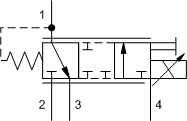
4 ports, reducing/relieving direct acting low leakage externally drained
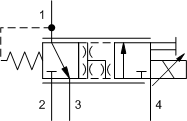
4 ports, reducing/relieving direct acting improved dynamic response externally drained
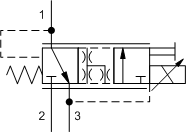
Electro-proportional, direct-acting, pressure reducing/relieving valve with open transition (740 Series)
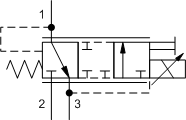
Electro-proportional, direct-acting, pressure reducing/relieving valve (740 Series)
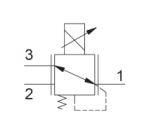
2 ports, pilot operated, balanced piston

3 ports, pilot operated reducer 2-way

3 ports, pilot operated reducer 2-way drilled orifice direct in main spool

3 ports, pilot operated reducer, air controlled 2-way

3 ports, direct acting reducer 2-way
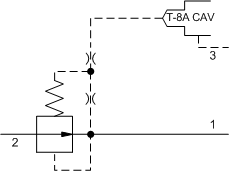
3 ports, reducer main stage 2-way
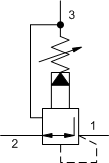
3 ports, pilot operated reducing/relieving 3-way

3 ports, pilot operated reducing/relieving 3-way orifice direct drilled in piston
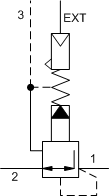
3 ports, pilot operated reducing/relieving, air controlled 3-way

3 ports, direct acting reducing/relieving 3-way

3 ports, direct acting reducing/relieving – open transition 3-way

4 ports, pilot operated reducing/relieving, externally drained 3-way
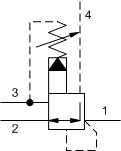
4 ports, pilot operated reducing/relieving, ventable 3-way

4 ports, pilot operated reducing/relieving, externally drained 3-way orifice direct drilled in piston

4 ports, direct acting reducing/relieving, externally drained 3-way
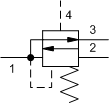
4 ports, direct acting reducing/relieving, main stage 3-way real 0-pressure, high accuracy
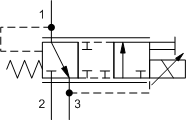
3 ports, electro-proportioneal direct acting, low leakage 3-way. Please note, the valves are no longer available. Replacement is PRDG. For more information, please contact one our sales engineers.
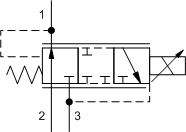
3 ports, electro-proportional direct acting, low leakage, inverse function 3-way
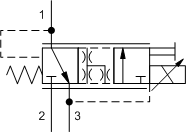
3 ports, electro-proportioneal direct acting, improved dynamic response 3-way. Please note, the valve is no longer available. Replacement is PRDF. For more information, please contact one our sales engineers.
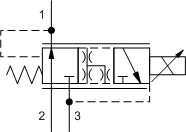
3 ports, electro-proportioneal direct acting, improved dynamic response inverse function 3-way

3 ports, reducing/relieving main stage with integral T-8A pilot control 3-way

3 ports, reducing/relieving main stage with integral T-8A pilot control 3-way driller pilot orifice direct in mail spool
Direct-acting pressure reducing valves regulate pressure levels more quickly and have lower internal leakage compared to pilot-operated valves. They are therefore particularly well suited for accumulator circuits, where the requirement for minimal leakage is especially critical.
Pilot-operated pressure reducing valves can be controlled in several ways, for example by the pressure at the valve outlet or via an external pilot pressure. The external pilot pressure can be regulated electrically using electro-proportional control, which provides a more stable pressure level and makes the valve less sensitive to flow variations. These valves are therefore ideal for applications requiring consistent and precise pressure control. However, since they have a certain amount of internal leakage, they should not be used in systems with accumulators. In such cases, direct-acting pressure reducing valves are recommended instead.
Reducing/relieving valves are often used since they combine both pressure reducing and pressure relieving in a single valve. These valves not only reduce pressure to a desired level but can also manage pressure spikes from the downstream side by acting as a relief valve with flow back to the tank. Reducing/relieving valves are frequently used in hydraulic systems where continuous pressure regulation is required in a specific part of the system, while also handling occasional pressure surges.
A pressure reducing valve has limited capacity for reverse flow, which is why it is recommended to combine it with a check valve. Please feel free to contact one of our sales engineers – we’ll be happy to help you find the right valves for your specific hydraulic system.
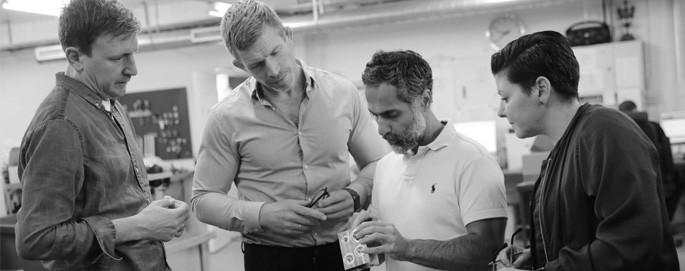


Hydnet
EA Rosengrens gata 29
421 32 Västra Frölunda
+46 31 - 499 490
info@hydnet.se